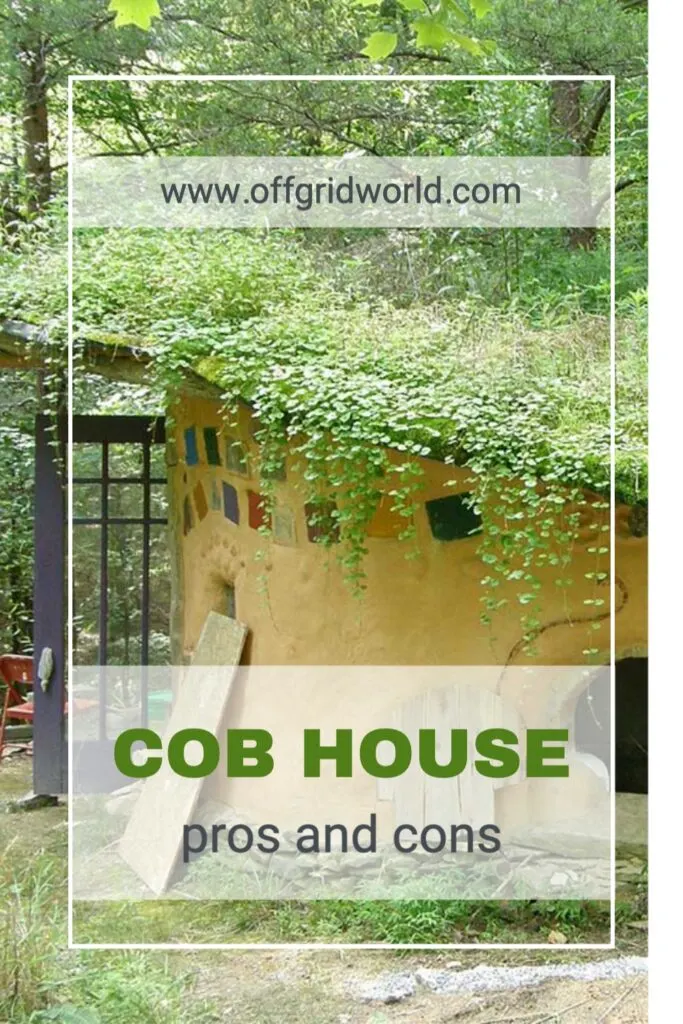If you’ve spent much time researching alternative and off grid housing, you’ve likely come across cob homes. These whimsical structures might look like something out of a fantasy novel, but they are actually quite practical.
Though using cob is an ancient building technique, it still has incredible potential for sustainable, affordable housing. Modern cob homes are sturdy, energy-efficient works of art, but they’re not for everyone.
Here we’ll explore the pros and cons of building a cob house so you can decide if this construction method suits your needs.
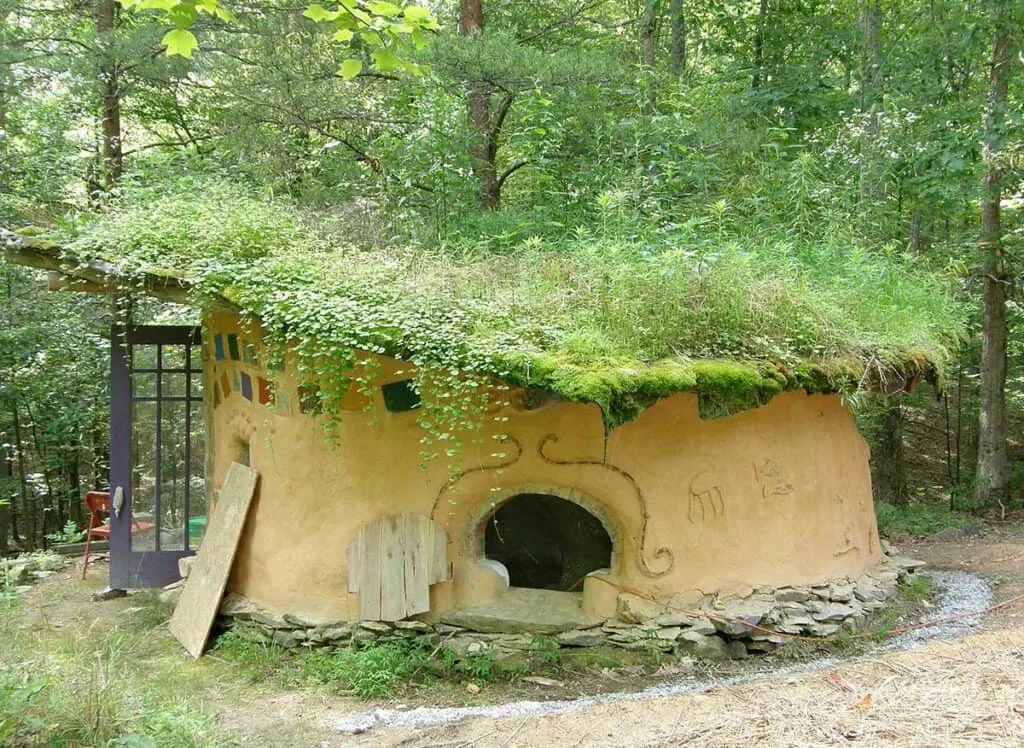
What are cob homes?
A cob house is a natural building made from a combination of clay, sand, and straw. When these ingredients are mixed in the right proportions, the result is an especially strong and versatile building material.
Also known as earthen houses or mud houses, cob cottages and houses have been around for centuries. They were once common in Europe and Africa but fell out of favor when more contemporary building materials became available.
Today, however, people are returning to cob as an attractive and sustainable alternative to traditional construction methods. They are becoming more prevalent in North America as natural building techniques grow in popularity.
Cob houses are usually built by hand without the use of power tools or machinery. The primary material used in cob construction is the cob mixture itself. Once the mud mixture is wet enough to stick together but hard enough to sculpt, it’s ready to be used.
Builders will mold the cob into thick walls using their hands, working their way up from the foundation to the roof. Once the walls are dry, they can be plastered over with clay or lime plaster for added durability.
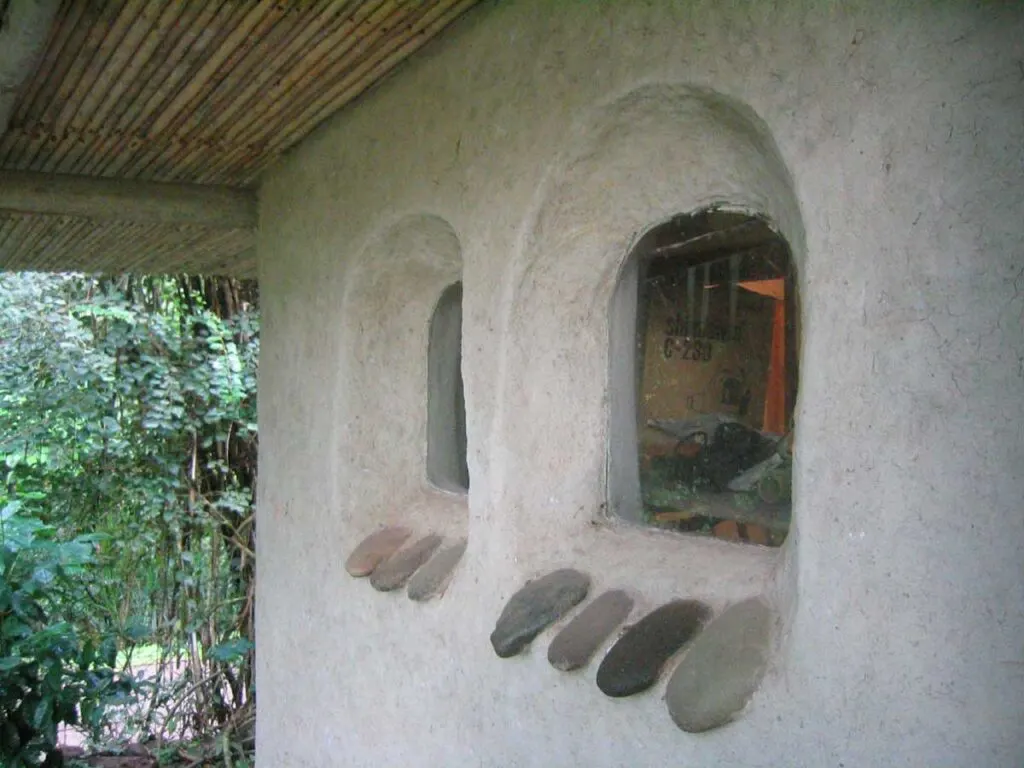
Not to be confused with earthbag or straw bale homes, cob homes are made entirely from the mud and straw mixture, other than elements like windows and doors. On the other hand, a straw bale house uses straw bales as an infill between wooden frame walls, and then the home is covered in a plaster similar to cob.
Earthbag building uses bags or tubes filled with soil as the primary structural component. The bags are stacked and held together with barbed wire to form the house’s structure. Like cob and straw bale houses, an earthbag home is covered in plaster, lending a similar exterior look to all three types of homes.
Cob house pros and cons
There are many advantages to building with cob, including its eco-friendly nature, low cost, and versatility. However, there are also a few disadvantages to consider before you embark on your cob home project. Here are a few key pros and cons.
Cob house pros
Energy efficiency
The thickness and composition of cob walls give them high thermal mass, meaning that they absorb and store heat during the day and slowly release it at night. This results in more stable indoor temperatures than a home built with modern materials. The ability of the walls to store heat also helps keep the interior of cob homes cooler in summer.
Cob homes require less energy to heat and cool, making them more eco-friendly than traditional stick-built homes. This is especially true in warm, dry climates.
Sustainability
In most instances, the materials used for a cob building are found on-site, particularly the clay or mud. Other materials, like sand and straw, can usually be sourced locally if unavailable at the building site. This almost eliminates the need for many of the conventional building materials used in most homes, other than some wood components in the roof, window frames, and doors.
Using on-site and local materials also reduces the transportation emissions used to move those materials. The result? A vast reduction in the embodied energy involved in construction.
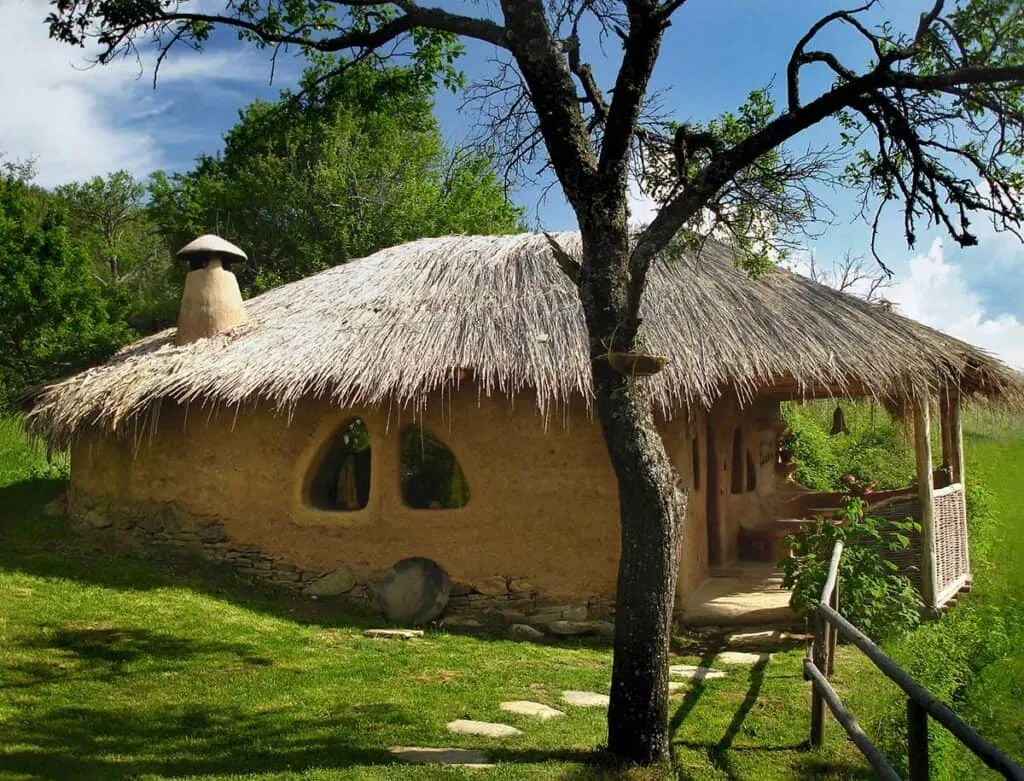
Affordability
Cob houses are one of the cheapest types of homes to build. The materials for cob houses are readily available and inexpensive in most locations.
As mentioned above, the primary components are often sourced for free on-site or locally, and the labor is most commonly done by the homeowner, which cuts down on professional fees and construction costs.
Fire resistance
The central ingredients in cob – the clay and sand – are naturally fire retardant. Dirt doesn’t burn too well, does it? This makes cob homes more resistant to fire than most other types of buildings.
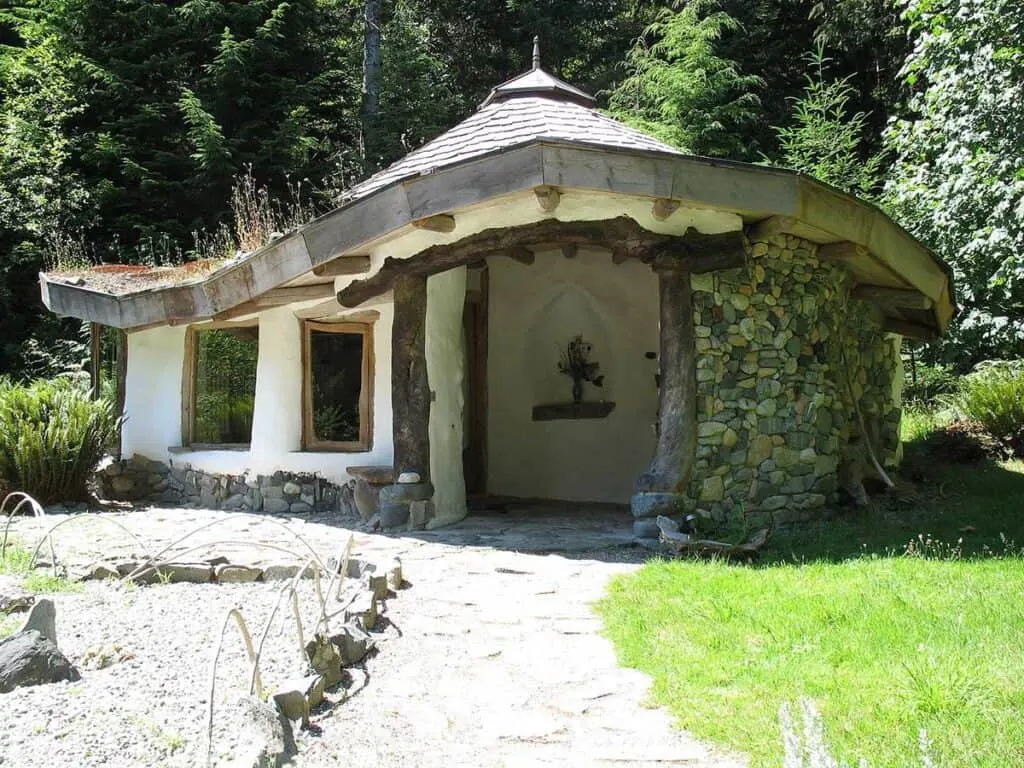
Durability
Cob homes are incredibly durable and can last hundreds of years in the proper conditions. Old cob structures can still be found throughout the world, from England to Africa, attesting to their stability and longevity.
Cob is a solid material and has been known to withstand earthquakes and other natural disasters. It is also nearly immune to most pests, rot, and mold.
Individuality and artistic expression
Because they are not built with a frame like conventional houses, cob homes can be molded into almost any desired shape. That’s why you see so many that are circular or have curved walls, window frames, and roofs.
Like clay sculptures, cob allows the freedom to experiment with unique designs, curves, whirls, carvings, and other decorative elements to create a home that looks nothing like traditional alternatives. This is true for both the inside and outside of these homes. Interior walls are made of the same materials as the exterior, and some are simply stunning.
In addition to the interior walls, many builders use cob throughout the home to create other features like built-in furniture, fireplaces, ovens, and shelves.

Cob house cons
Labor and time
One of the main disadvantages of building with cob is the labor and time involved in the construction process. Because each layer of cob must dry before the next one is applied, the building process can take months or even years to complete, especially when doing most of the work yourself. Cob might not be the right construction method for you if you’re looking for a quick turnaround time.
Also, cob building requires a skillset that most people don’t have. If you are intent on it, you may need to hire a professional or take a cob building course before starting your own project.
If you outsource, the labor costs for a cob home will likely be higher than for a traditional home because of the extra time and skill required. But plenty of cob builders are happy to share their knowledge for free or through paid group workshops. And many DIY builders work in groups with friends or family to get the job done faster.
Not ideal in very cold and wet conditions
Cob is not the best building material for climates with extended periods of wet or cold weather. As you might expect, cob can break down if consistently exposed to water. This can usually be mitigated with a good roof, however, and many cob homes are enduring in parts of the world that receive consistent moisture.
A cob home’s thermal mass advantages in warm and moderate climates only help a little in cold climates. These conditions will require heating no matter what the house is made of. A cob house can be built in almost any environment if you have a good heat source inside the home.
Heating costs can be offset by using passive heating with large windows, solar heating, and other eco-friendly options. Or just do like these people in Norway did and build your cob home inside a giant greenhouse!
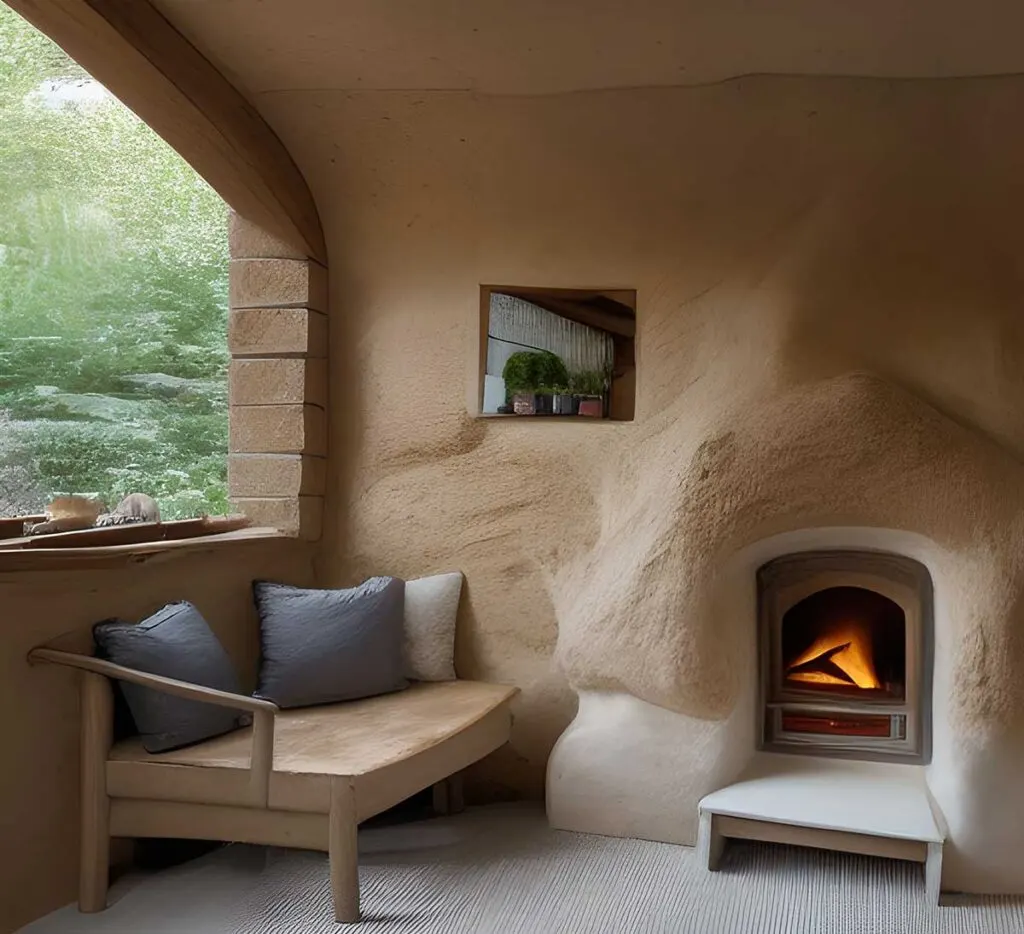
Difficulty with permits and insurance
As with many alternative buildings, obtaining the necessary building permits for a cob home can take time and effort. This is because cob homes often don’t meet the traditional building code requirements, and most permitting offices are not used to dealing with nontraditional homes.
In some areas, only conventional construction methods are allowed, which means that you may not be able to get permission to build your dream cob house.
Before you invest time and money into this project, it’s a good idea to check with your local planning office to find out if there are any restrictions on alternative construction methods and what building codes you need to adhere to. They may require you to hire a structural engineer or other professionals before approving your home plans.
Another potential downside is that you may have difficulty getting insurance for your home since it doesn’t fit neatly into any one category (i.e., it’s not a stick-built home or a mobile home).
Financing problems
It can be challenging to get a mortgage for a cob home because most lenders are not familiar with the building style and are reluctant to finance them. You may be able to find a lender who is willing to work with you but be prepared for a lengthy and difficult process.
You may have to get creative with your financing and consider options such as owner financing (if you find a cob home for sale), bartering, or lease-to-own arrangements.
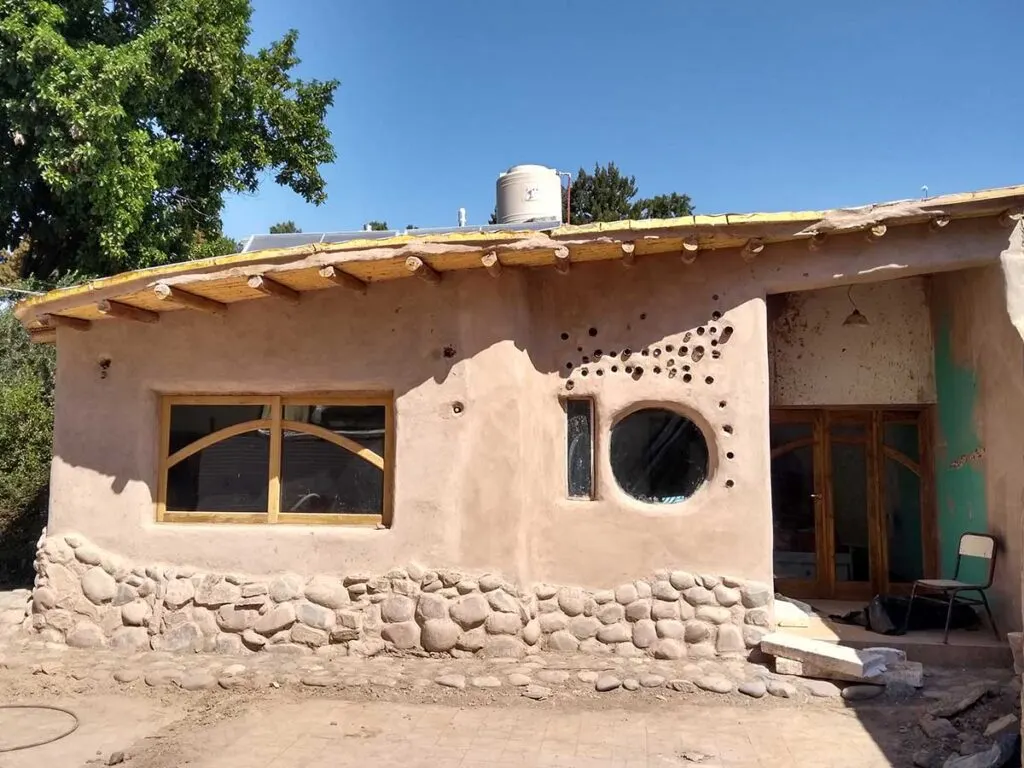
So, what’s our take on cob homes?
If you’re considering building or buying your own cob house, there are certainly hurdles to consider – primarily the labor intensive process and getting the necessary permits in your area.
But suppose you’re looking for a sustainable, affordable, and unique home built from natural materials that will stand the test of time (literally—some cob houses have been around for centuries!). In that case, this might be the perfect option for you! Do your research first so you know what you’re getting yourself into.
You can also dip your toe into cob construction without committing to building an entire house by experimenting with smaller projects. From cob ovens to cob playhouses, building on a smaller scale can be a great learning experience and allow you to see how cob will hold up in your area. And if you decide a cob home is right for you, there’s no doubt you’ll be proud of your handbuilt, one-of-a-kind home for years to come!
